Spring 框架整合:Spring AOP、Spring MVC 配置与应用
一、引言
Spring 框架作为 Java 企业级开发的重要工具,其强大的功能组件如 Spring AOP(面向切面编程)和 Spring MVC(模型 - 视图 - 控制器)极大地提升了开发效率和代码的可维护性。本文将详细介绍如何整合这两个重要组件并在实际项目中应用。
二、Spring AOP 配置与实现
2.1 依赖引入
在 Maven 项目中,需要引入 Spring - context 和 Spring - aop 依赖。
<dependency>
<groupId>org.springframework</groupId>
<artifactId>spring - context</artifactId>
<version>5.3.10</version>
</dependency>
<dependency>
<groupId>org.springframework</groupId>
<artifactId>spring - aop</artifactId>
<version>5.3.10</version>
</dependency>2.2 定义切面
创建一个切面类,使用 @Aspect 注解标识。例如,记录方法执行时间的切面:
import org.aspectj.lang.ProceedingJoinPoint;
import org.aspectj.lang.annotation.Around;
import org.aspectj.lang.annotation.Aspect;
import org.slf4j.Logger;
import org.slf4j.LoggerFactory;
import org.springframework.stereotype.Component;
@Aspect
@Component
public class PerformanceAspect {
private static final Logger logger = LoggerFactory.getLogger(PerformanceAspect.class);
@Around("execution(* com.example.service.*.*(..))")
public Object measurePerformance(ProceedingJoinPoint joinPoint) throws Throwable {
long start = System.currentTimeMillis();
Object result = joinPoint.proceed();
long end = System.currentTimeMillis();
logger.info("Method {} executed in {} ms", joinPoint.getSignature(), end - start);
return result;
}
}2.3 启用 AOP
在 Spring 配置类中,使用 @EnableAspectJAutoProxy 注解启用 AOP 功能。
import org.springframework.context.annotation.ComponentScan;
import org.springframework.context.annotation.Configuration;
import org.springframework.context.annotation.EnableAspectJAutoProxy;
@Configuration
@ComponentScan(basePackages = "com.example")
@EnableAspectJAutoProxy
public class AppConfig {
}三、Spring MVC 配置与实现
3.1 依赖引入
在 Maven 项目中,添加 Spring - Web 依赖。
<dependency>
<groupId>org.springframework</groupId>
<artifactId>spring - web</artifactId>
<version>5.3.10</version>
</dependency>3.2 配置 Spring MVC
创建一个配置类继承 WebMvcConfigurer,配置视图解析器、静态资源等。
import org.springframework.context.annotation.Bean;
import org.springframework.context.annotation.Configuration;
import org.springframework.web.servlet.ViewResolver;
import org.springframework.web.servlet.config.annotation.EnableWebMvc;
import org.springframework.web.servlet.config.annotation.ResourceHandlerRegistry;
import org.springframework.web.servlet.config.annotation.WebMvcConfigurer;
import org.springframework.web.servlet.view.InternalResourceViewResolver;
@Configuration
@EnableWebMvc
public class WebConfig implements WebMvcConfigurer {
@Bean
public ViewResolver viewResolver() {
InternalResourceViewResolver resolver = new InternalResourceViewResolver();
resolver.setPrefix("/WEB - INF/views/");
resolver.setSuffix(".jsp");
return resolver;
}
@Override
public void addResourceHandlers(ResourceHandlerRegistry registry) {
registry.addResourceHandler("/resources/**").addResourceLocations("/resources/");
}
}3.3 创建控制器
创建一个控制器类,使用 @Controller 注解标识,并定义处理请求的方法。
import org.springframework.stereotype.Controller;
import org.springframework.ui.Model;
import org.springframework.web.bind.annotation.GetMapping;
@Controller
public class HelloController {
@GetMapping("/hello")
public String hello(Model model) {
model.addAttribute("message", "Hello, Spring MVC!");
return "hello";
}
}四、整合应用
在实际项目中,Spring AOP 可以用于横切关注点的处理,如日志记录、权限验证等,而 Spring MVC 负责处理 Web 请求和视图展示。通过整合这两个组件,我们可以构建出结构清晰、功能强大的 Web 应用。例如,在处理用户登录请求时,Spring MVC 控制器接收请求,Spring AOP 可以在请求处理前后进行权限检查和日志记录等操作,从而提高应用的安全性和可追溯性。
通过上述步骤,我们实现了 Spring AOP 和 Spring MVC 的配置与整合,为构建复杂的企业级 Web 应用奠定了坚实的基础。
本文链接:https://blog.runxinyun.com/post/549.html 转载需授权!

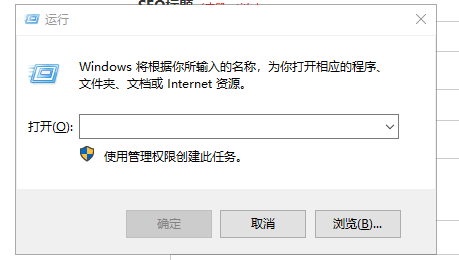

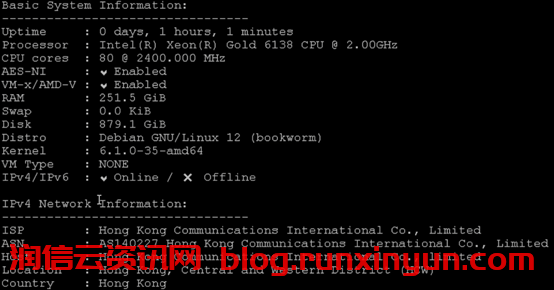


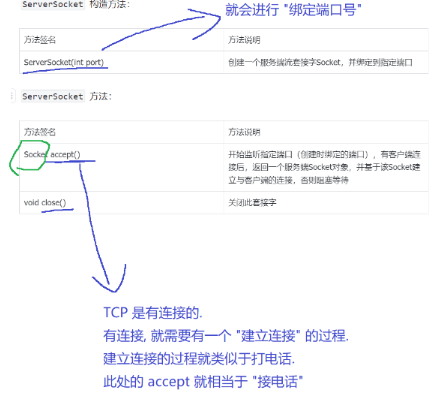
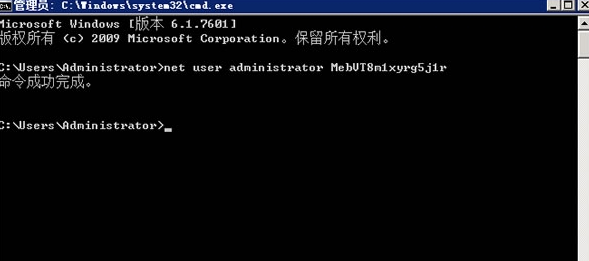


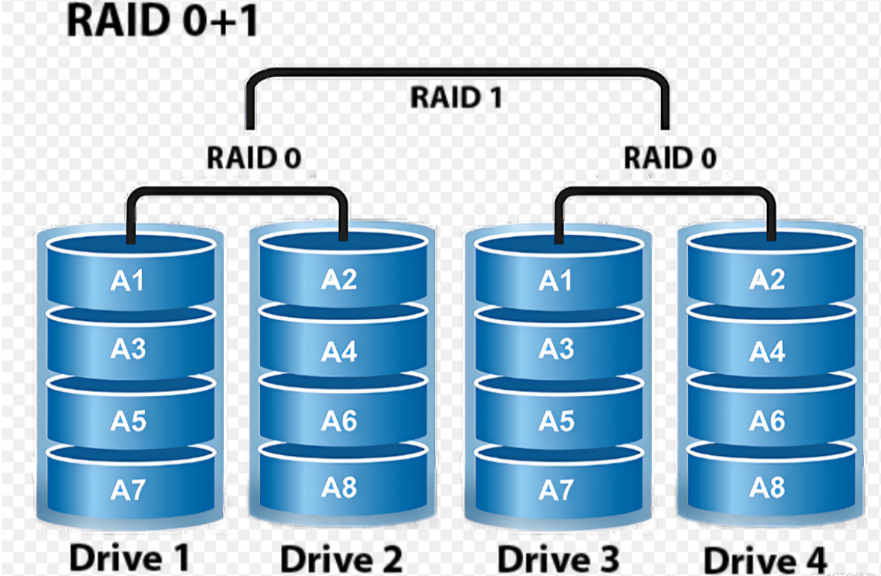
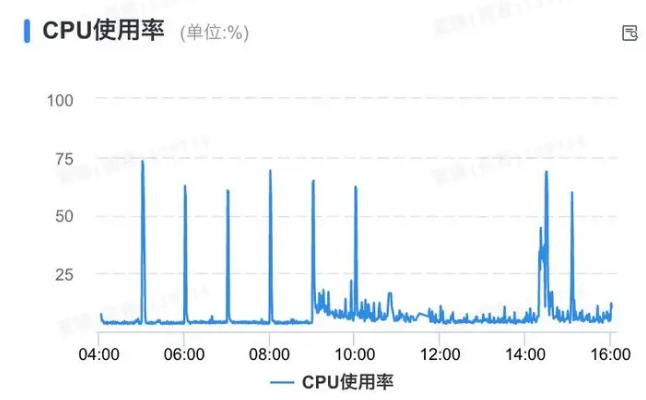




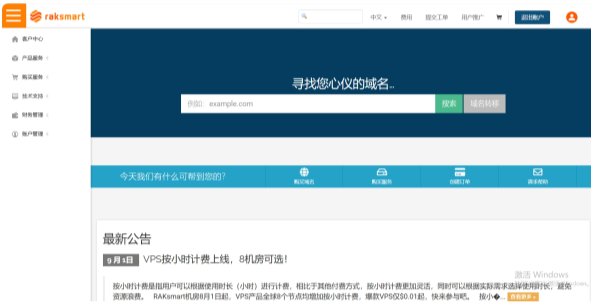


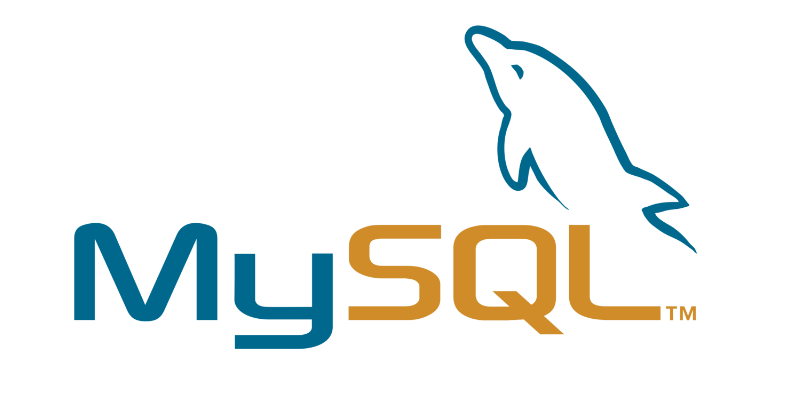
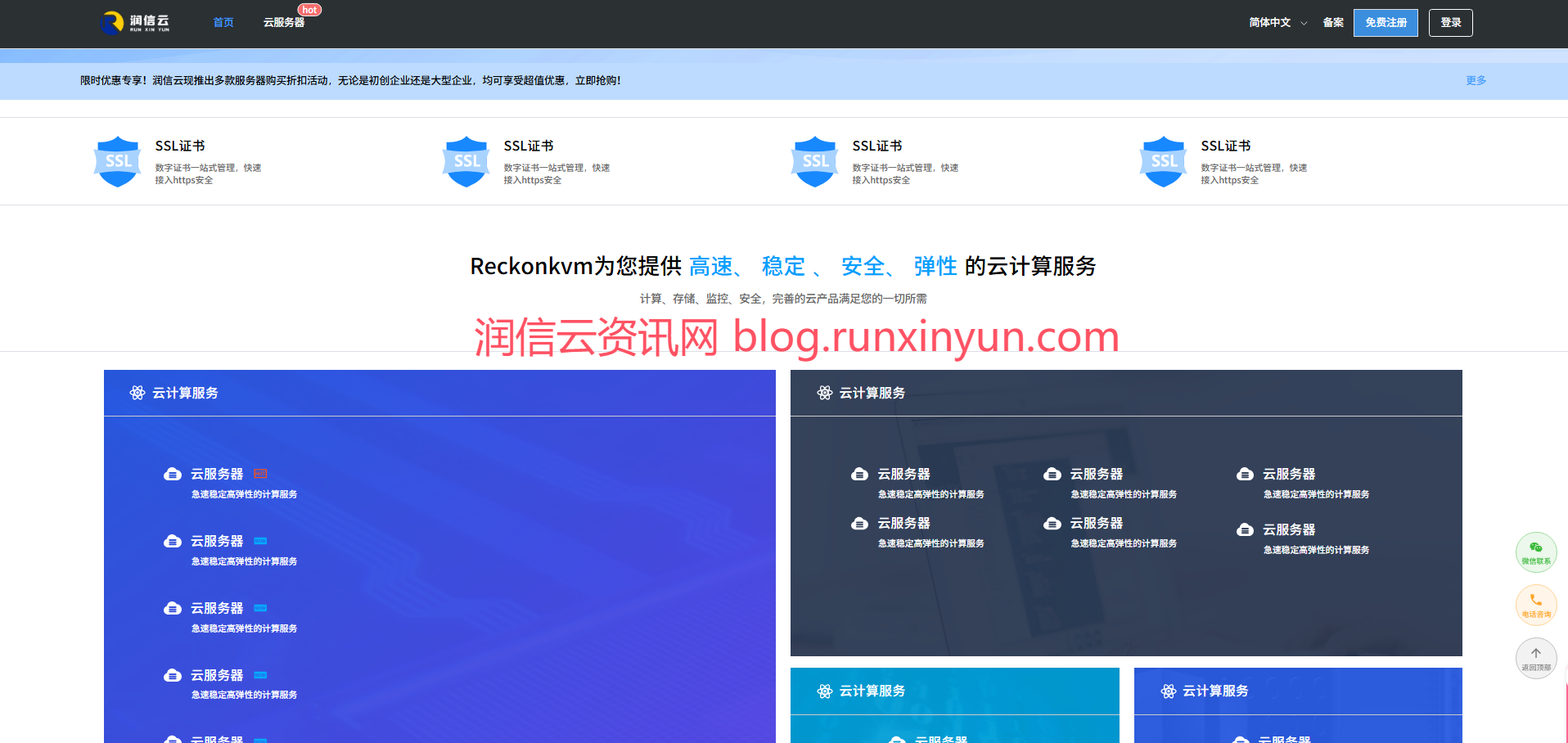

留言0